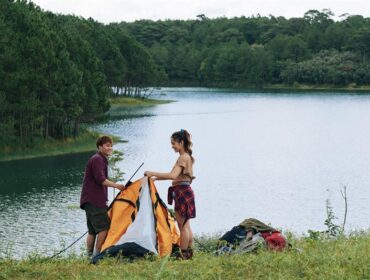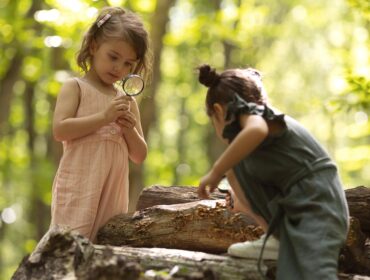A group of twenty islands, known as the Galapagos, straddles the equator 605 miles off the west coast of South America. It is one of the most biologically famous places in the world. Not only is it the place where Darwin’s theory of evolution has its roots, but it has one of the highest levels of endemism in the world, containing animals and plants that cannot be found anywhere else on Earth. Listed below are ten of the most famous and some lesser-known endemic species of the Galapagos Islands.
1. Galapagos Penguin
This is the only penguin found north of the equator and is one of the smallest in the world.
2. Waved Albatross
The waved albatross mate for life and have an elaborate mating dance that helps them to find their mate amongst other albatross. It is also the largest bird on the islands.
3. Flightless Cormorant
Unlike other cormorant species, the Galapagos cormorant has lost its ability to fly. Sadly, this adaptation makes it easy prey and it is now considered endangered.
4. Galapagos Giant Tortoise
The most well-known endemic species of the Galapagos Islands, the giant tortoise is the largest tortoise in the world and can live to be over 150 years old.
5. Marine Iguana
This is the only seafaring lizard on earth, living on land but feeding in the sea.
6. Galapagos Fur Seal
A particularly furry seal, it is unusual in that it likes to spend most of its time on land. It’s front flippers are larger than average, making it a good rock climber.
7. Darwin’s Finches
This renown group of birds includes 13 species that played a pivotal role in forming Charles Darwin’s ideas on natural selection.
8. Starry Night Nudibranch
Many endemic species of the Galapagos islands are marine-based. This nudibranch is a beautiful dark blue with yellow spots and a pale blue band on its mantle.
9. Galapagos Blue Butterfly
Lovely, delicate, and iridescent blue, this butterfly is shy and will fly off quickly if disturbed — not unlike most butterflies that inhabit the rest of the earth. (Note: the above image is not the Galapagos blue butterfly, but a similar species within the same family. Pictures of this delicate beauty are difficult to come by.)
10. Lava Cactus
This cactus has soft, furry spines and only grows on bare lava, making it quite unique.
Featured Image from AussieActive/Unsplash




